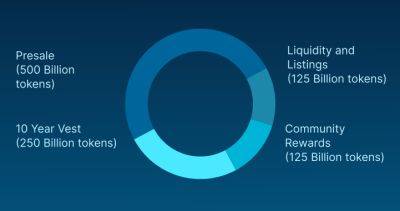What is the US debt ceiling and what will happen if it is not raised?
The US is teetering on the edge of a fiscal cliff. Over three months ago the treasury warned that the US government had hit its borrowing limit, also known as the debt ceiling. Since then the US treasury has been taking “extraordinary measures” to ensure the government can continue to pay its bills. But time is quickly running out. Congress and the White House have until late summer to raise the debt limit, or else the US government will default on its bills, a historic first, with likely catastrophic consequences.
Here is more on the debt ceiling and what it means for the US government:
The debt ceiling is the limit on the amount of money the US government can borrow to pay for services, such as social security, Medicare and the military.
Each year, the government takes in revenue from taxes and other streams, such as customs duties, but ultimately spends more than it takes in. This leaves the government with a deficit, which has ranged from $400bn to $3tn each year over the last decade. The deficit left at the end of the year ultimately gets tacked on to the country’s total debt.
To borrow money, the US treasury issues securities, like US government bonds, that it will eventually pay back with interest. Once the US government hits its debt limit, the treasury cannot issue more securities, essentially stopping a key flow of money into the federal government.
Congress is in charge of setting the debt limit, which currently stands at $31.4tn. The debt ceiling has been raised 78 times since 1960, under both Democrat and Republican presidents. At times, the ceiling was briefly suspended and then reinstated at a higher limit, essentially a retroactive raising of the debt ceiling.
The US has never defaulted on its payments before,
Read more on theguardian.com















